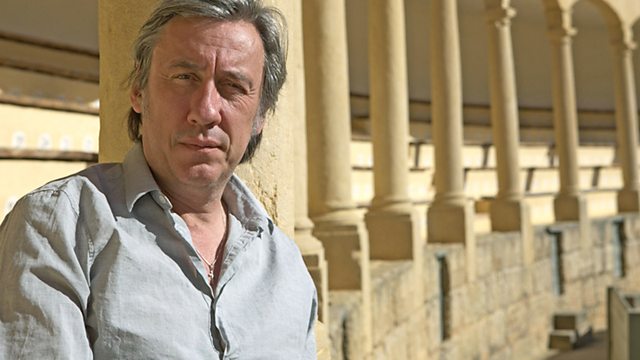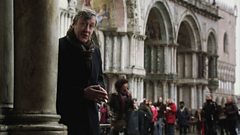
Walter Sickert and the Theatre of War
Andrew Graham-Dixon tells the story of artist Walter Sickert, who understood that the theatre of war was not confined to the trenches.
In the years preceding 1914, David Bomberg, Walter Sickert and Paul Nash set out to paint a new world, but, as the century unfolded, found themselves working in the rubble.
Walter Sickert's early career as an actor is long forgotten and he's now remembered for his art. But he never left the stage behind. Always shape-shifting between roles, Sickert's appearance never stayed still. And his art, too, was in perpetual transformation. Dazzlingly original, deeply unsettling, poised on the brink of violence. For most, proof that Sickert is the godfather of modern British art, but for a few at the fringes, evidence he's Jack the Ripper.
But Sickert was no perpetrator, just an unflinching witness, notably, to the cataclysm of World War One. Too old to fight in Flanders, Sickert painted edgy, compelling, subtle pictures of those who'd been left behind. He painted people trying to get on with lives that were being shattered by the conflict. Almost alone of his generation, Sickert truly understood that the theatre of war was not confined to the trenches.
Last on
Clip
-
![]()
Sickert's Venice
Duration: 02:46
Music Played
-
![]()
Dustin O鈥橦alloran
We Love Lightly
-
![]()
Nils Frahm
Said & Done
-
![]()
Nils Frahm
More
-
![]()
Aphex Twin
Jynweythek
Credits
| Role | Contributor |
|---|---|
| Presenter | Andrew Graham-Dixon |
| Producer | Phil Cairney |
| Director | Phil Cairney |
| Series Producer | Silvia Sacco |
Broadcasts
- Sun 21 Sep 2014 21:00
- Mon 22 Sep 2014 02:25
- Wed 24 Sep 2014 23:00
- Tue 1 Nov 2016 01:20
- Thu 9 Nov 2017 01:30
- Thu 5 Sep 2019 01:00


